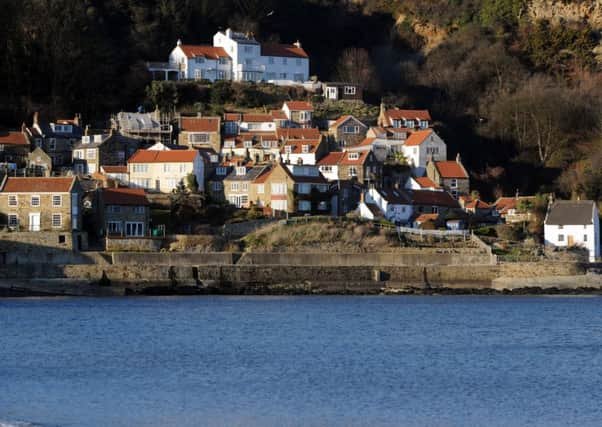Country & Coast: New marine protection must be more than just a paper pledge


The purple bloody Henry starfish, for example, is a colourful beauty which grows to eight inches in diameter but is mostly found in water as deep as 150ft between Skipsea and Spurn.
Likewise, few of us are likely to see a tope, which at 6ft long is the largest of our native sharks. It lurks in the gritty inshore waters off the Holderness area, where it feeds on whiting, sole and flounder. More often sighted, though, are the harbour porpoises and minke whales which pass along this coast.
Advertisement
Hide AdAdvertisement
Hide AdThe area also supports at least eight different types of crabs, but it is not simply the wildlife that is being protected by these new conservation zones. Off Holderness is a threatened underwater habitat known as ross worm reefs, created when the worm Sabellaria spinulosa builds tubes from sediments and minute fragments of shell. They provide a home and feeding grounds for fish and crustaceans but are highly fragile and so vulnerable to damage from commercial trawling activities.
Further north at Runswick Bay there’s another new conservation zone, where seven out of 12 recognised seafloor habitats are known to be present. Much rockier than Holderness, this seafloor provides nooks and crannies for brick-orange coloured sea urchins. The more shallow areas of rocky shore are rich in kelps and red seaweeds, while the submerged reefs have living sponges as well as sea squirts, a plant-like filter feeder that can grow in a rainbow of different colours.
There are 23 new zones between Northumberland and Land’s End, bringing the UK’s total to 50. But missing from the list is an area known as Compass Rose, 20 miles off Scarborough. These 200 square miles of the North Sea include a rocky reef 150ft deep known as Heartbreak Ridge, a valuable spawning and nursery ground for fish like plaice, herring, lemon sole, sprats and sandeels.
The Marine Conservation Society wants Compass Rose added to the list of new MCZs. The biggest threat to coastal areas, it says, is posed by scallop dredging, which has become a major activity in the sea off Yorkshire. It is highly destructive, reducing to rubble the seabed habitats that offer shelter to most marine wildlife.
Advertisement
Hide AdAdvertisement
Hide AdUnlike nature reserves ashore, the MCZs have no formal management structure, although the government says it hopes to supply some kind of basic watchdog in the next few years. Marine experts are worried the MCZs will simply offer protection on paper while not being as strictly monitored as onshore habitats.
It is great that the need to protect valuable underwater habitats has been recognised, but it would be good if each zone was provided with displays on adjacent shorelines - perhaps as interpretation boards - so that we can all appreciate the wealth of wildlife beneath the waves.